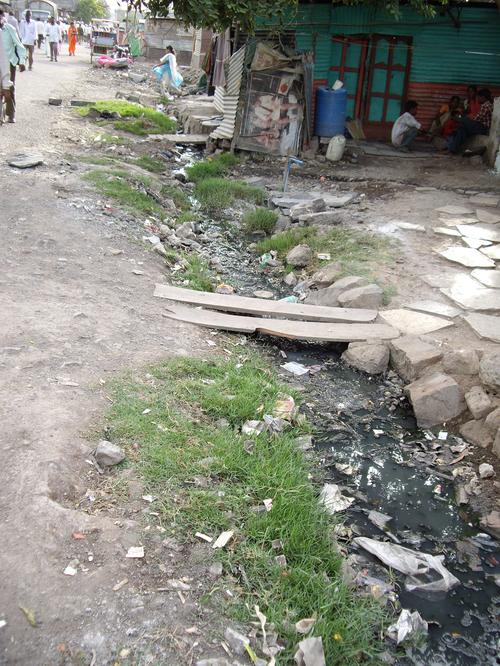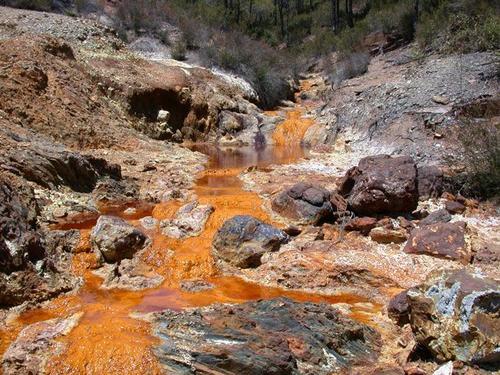Wastewater
Household wastewater derives from a number of sources. Wastewater from the toilet is termed blackwater. It has a high content of solids and contributes a significant amount of nutrients (nitrogen and phosphorus). Blackwater can be further separated into fecal materials and urine. Greywater consists of water from washing of clothes, from bathing/showering and from the kitchen. The latter may have a high content of solids and grease, and depending on its intended reuse/treatment or disposal, can be combined with toilet wastes and form the blackwater. Both greywater and blackwater may contain human pathogens, though concentrations are generally higher in blackwater. The flow of wastewater is generally variable with peak flows coinciding with high household activities in the morning and evening, while in the night minimal flow occurs. Pollutant loads vary in a similar manner. (UNEP 2000)
Agriculture is the largest individual user of water. The way we produce our food uses 70 to 90 % of the available fresh water. Where agriculture takes place in upper catchments, it may be the first cause of contamination in the water basin. Increased livestock production and associated meat processing consumes large quantities of water and produces significant amounts of contaminated wastewater. The wastewater produced from rural agriculture and livestock production as well as in inland urban areas represents the first phase in wastewater production and pollution and constitutes a considerable challenge for downstream users. It is characterized by organic and inorganic contaminants originating from dissolved contents of fertilizers, chemical runoff, human waste, livestock manure and nutrients.
Industrial discharge can contain a wide range of contaminants and originate from a myriad of sources. If unregulated, industrial wastewater has the potential to be a highly toxic source of pollution. The vast array of complex organic compounds and heavy metals used in modern industrial processes. Industry has a primary responsibility to reduce the production of toxic waste. Some of the biggest generators of toxic industrial waste include mining, pulp mills, tanneries, sugar refineries, and pharmaceutical production.
(Corcoran et al. 2010)

